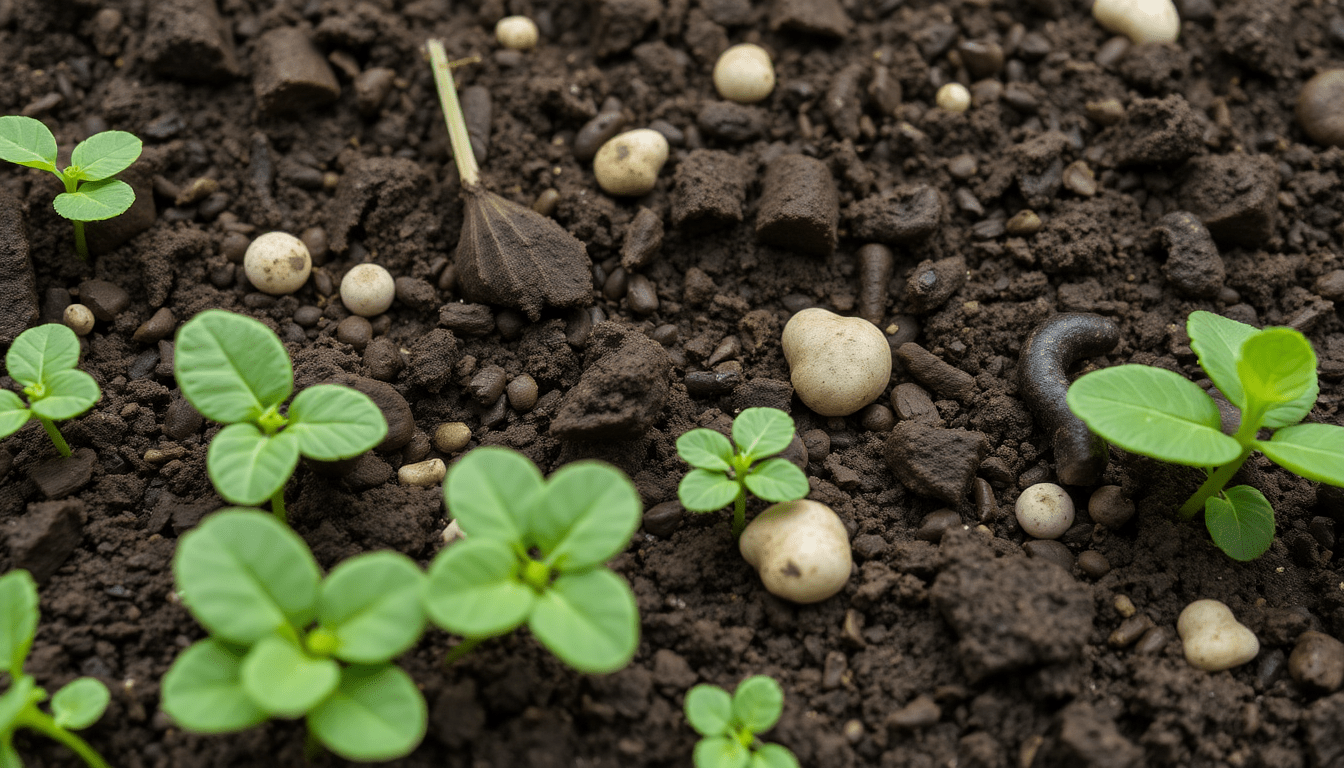Hidden beneath fields, soil hosts a bustling, invisible community that drives nutrient release, organic matter breakdown, and disease suppression. The mysterious soil microbial loss effects can show up as lower crop yields, weaker soil structure, and reduced resilience to drought and heat. When microbial networks unravel, nutrients cycle less efficiently, carbon is lost from the soil, and crops become more vulnerable to stress. Understanding these losses helps farmers protect yields and maintain long-term soil health, especially as climate variability intensifies.
Several practices contribute to soil microbial loss effects, including repeated tillage that disrupts fungal networks, monoculture cropping that narrows microbial diversity, and excessive synthetic inputs that suppress beneficial organisms. Climate stressors—drought, heavy rainfall, and temperature swings—compound the problem by stressing microbial communities further. The good news is that proactive management can restore microbial life and the benefits it provides: plant cover crops to feed microbes and protect soil, reduce tillage to preserve networks, rotate diverse crops to broaden microbial diversity, and add compost or well-balanced organic amendments. Precision nutrient management helps avoid leaching and acidity that harm soil biology. Together, these strategies rebuild the microbial engine that supports yields, soil carbon storage, and climate resilience.
To illustrate the power of measuring microbial communities, organizations are turning to data-driven platforms that translate complex biology into actionable insights. While InnerBuddies focuses on human gut health, its modular white-label Gut Health Operating System shows how an index, functional categorizations, and personalized recommendations turn microscopic data into practical guidance. The platform offers a Gut Microbiome Health Index (0–100) to indicate overall microbiome health, a top 40 bacterial panel with abundance data compared to a healthy cohort, and labeled functional categories that reveal positive or negative metabolic pathways. It also provides target-group analyses, such as Healthy Aging or Endurance Sport, and delivers personalized nutrition and probiotics or prebiotics advice. For more on how this approach works, you can explore these resources: InnerBuddies microbiome test, InnerBuddies gut health membership, and InnerBuddies become a partner.
Ultimately, the same discipline of measurement and customization that powers gut health can inspire soil health programs. Farmers and agronomists can implement baseline soil microbial assessments, track shifts over time, and tailor interventions to local soils and crops. By pairing practical agronomy with robust microbial science, we can mitigate soil microbial loss effects and deliver stronger yields, healthier soils, and stronger climate resilience for the long term.
